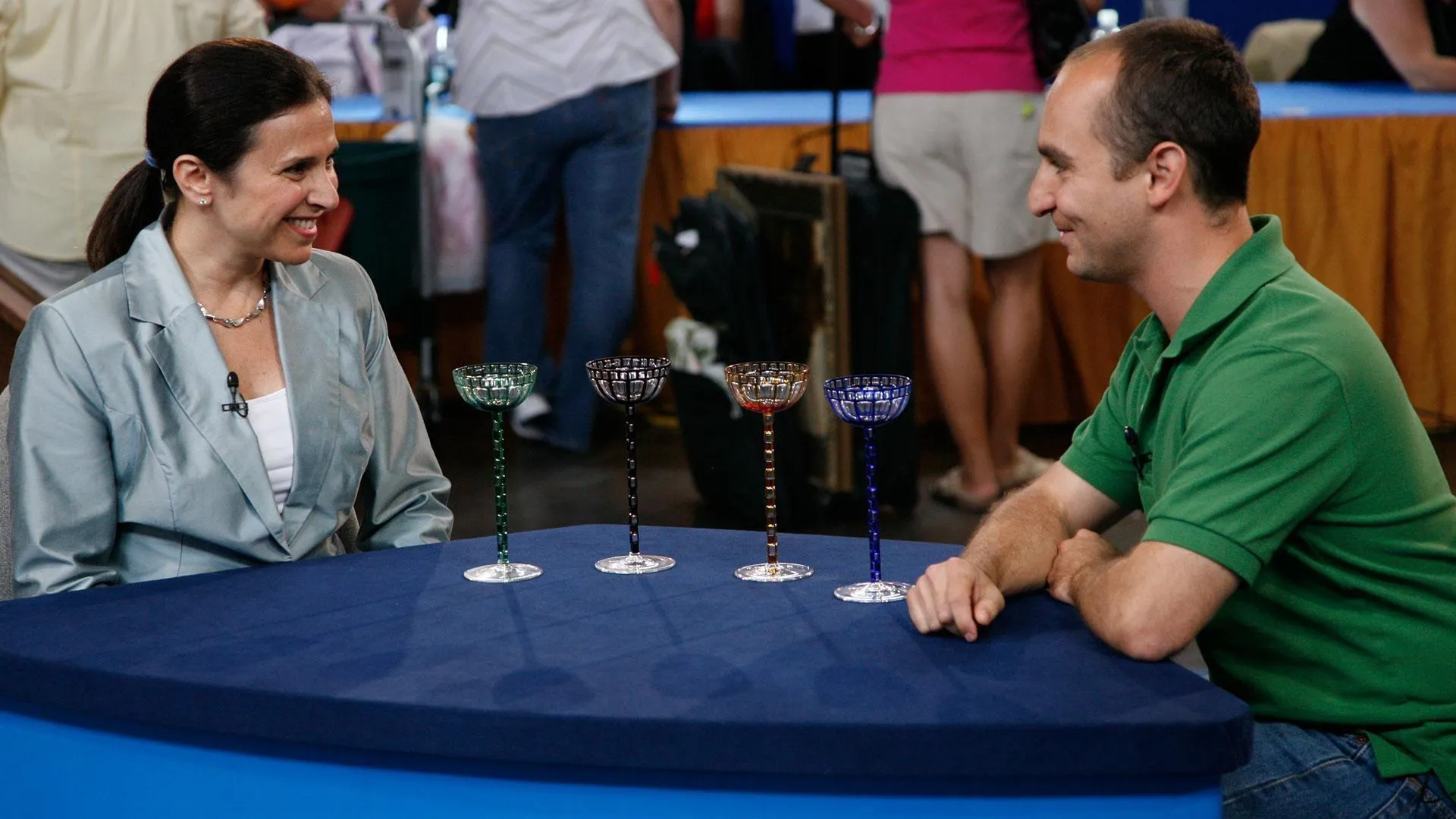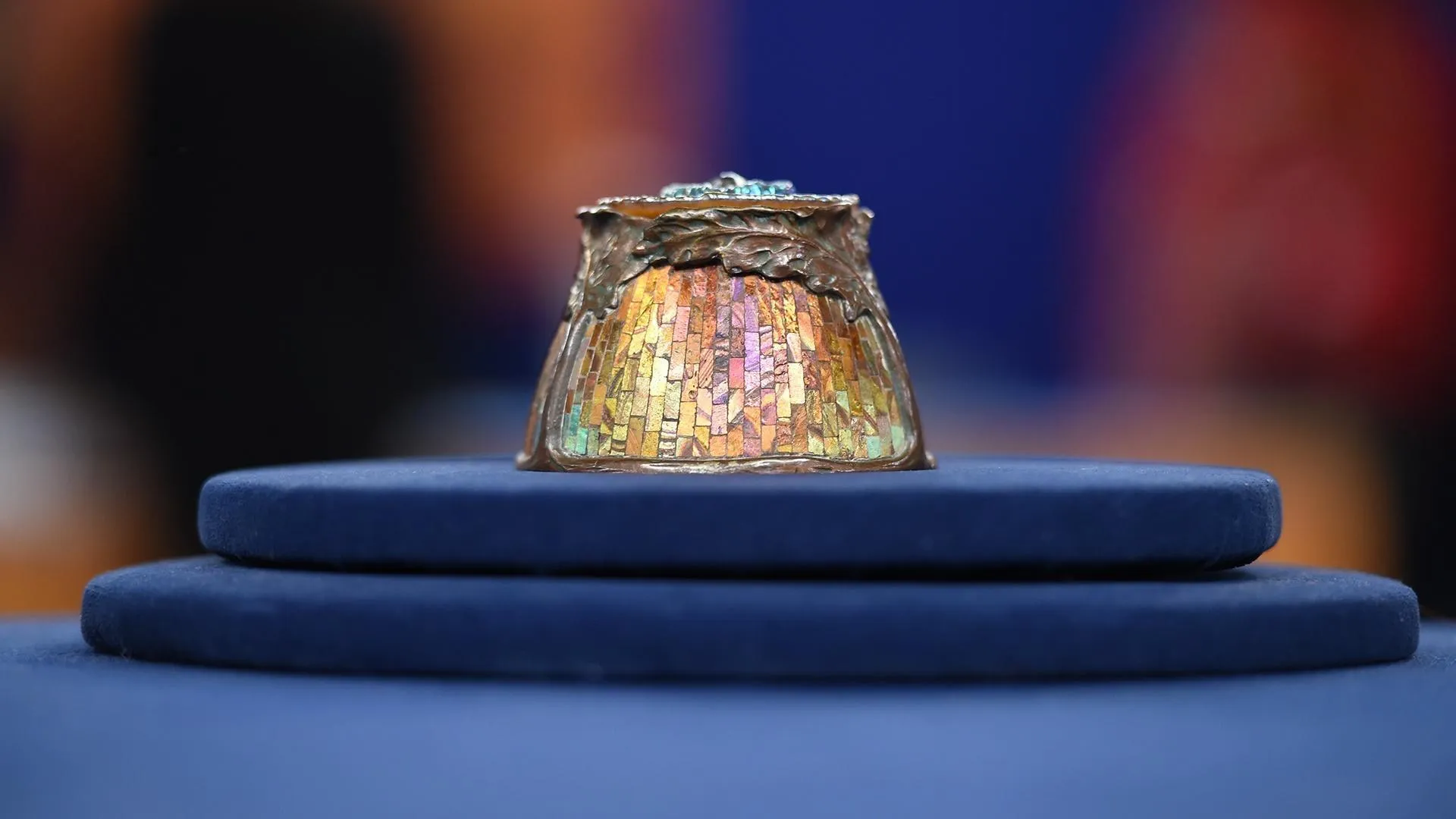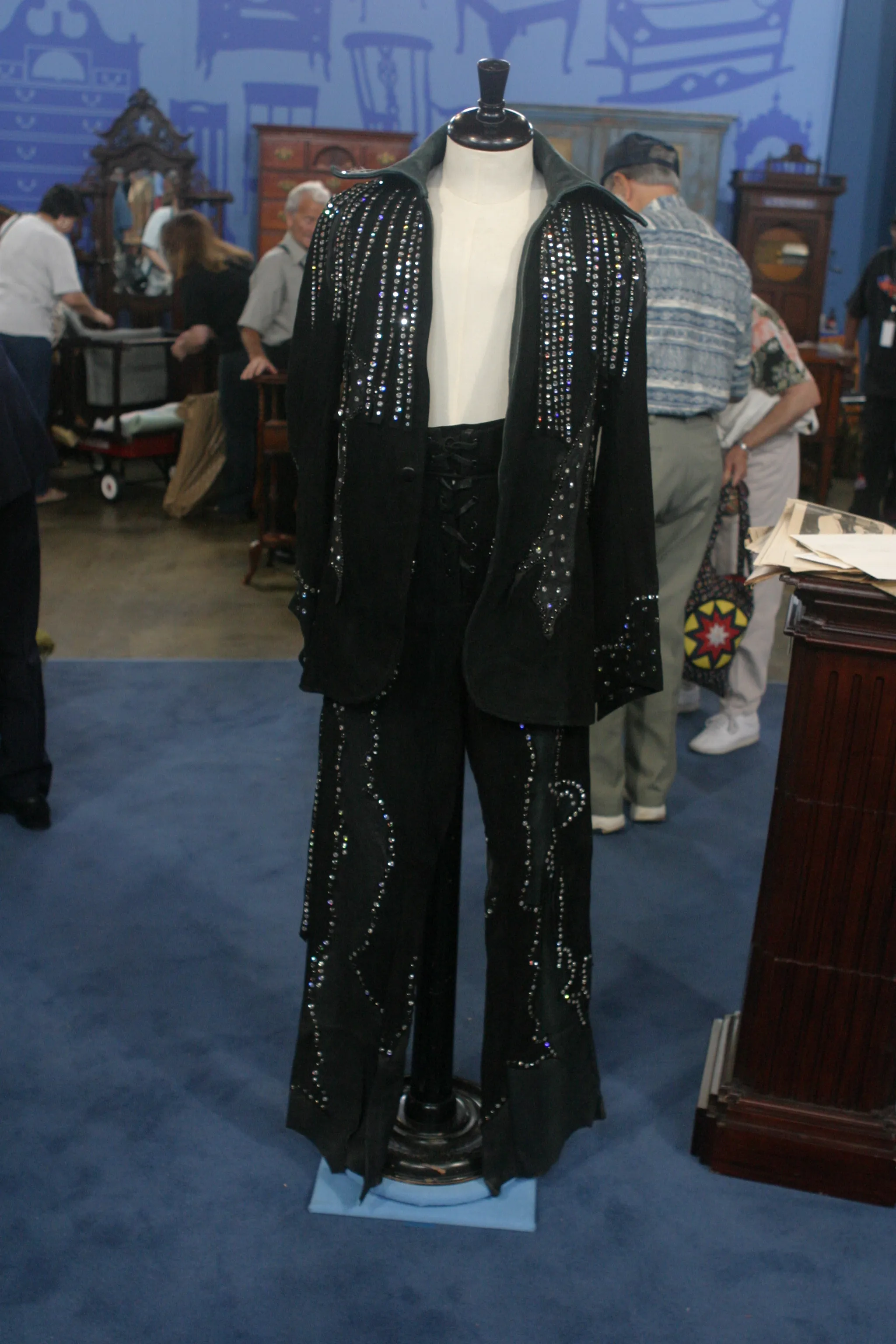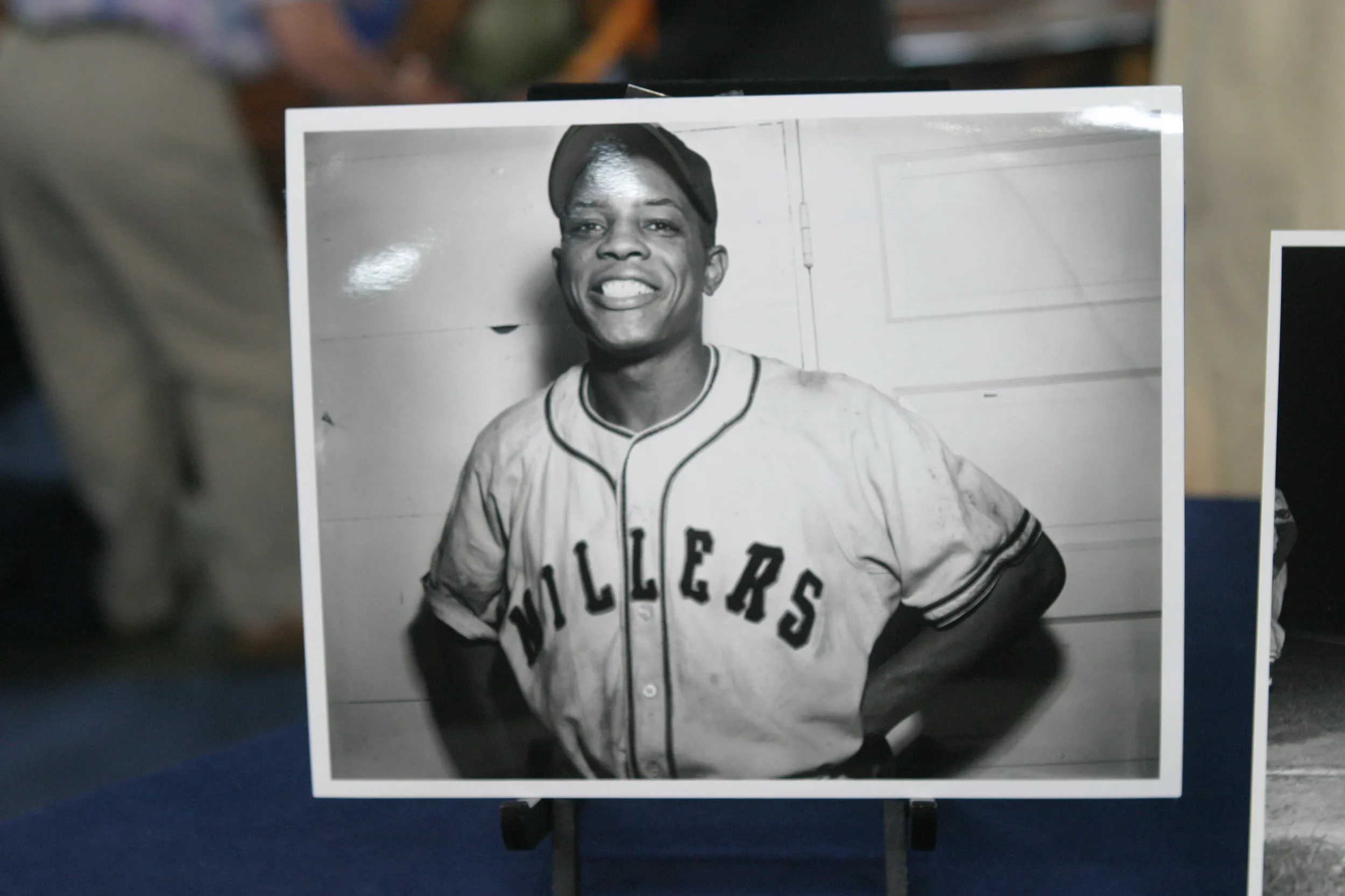GUEST: It hung actually in my father's house in New York City, and he had it for many years. A couple of years ago, I took it out and started to do some research with it. And then I just put it back under the bed, actually, and covered it up really good with a heavy blanket.
APPRAISER: So, uh, what'd you find out about this?
GUEST: Well, I believe the artist is from Belgium.
APPRAISER: Georges Croegaert, born in 1848. He is Belgian and he lived to about, I think, about 1923. He was known for doing these young ladies and interiors. And, and boudoirs like this. But he's more known for doing cardinals, um...
GUEST: Wow.
APPRAISER: In, in red dresses, in, in libraries, sipping tea, having a glass of wine. But what's consistent in the boudoir paintings and the cardinals is his intense attention to detail.
GUEST: It looks that way, yeah.
APPRAISER: And you... And you see that here in this painting.
GUEST: Yeah.
APPRAISER: He revels in it, he almost uses one-hair brushes to be able to do the kind of detail you see in here.
GUEST: Wow.
APPRAISER: This is actually a fairly large painting for him. What's interesting about this, though, this painting was done in the 1880s, and it also brings something else to light, and that is the interest in the Asian arts. These are things that would be around an artist's studio in the 1880s-- there's an intense interest in particularly Japanese things, and most of these objects that you see up here are Japanese. The painting in the background, as well, is Japanese-inspired. And then you go on down. You find this beautiful young lady here looking in the mirror.
GUEST: Yes.
APPRAISER: Um, getting ready for an evening out. Do you know what she, she might be doing?
GUEST: Well, my father's wife explained to me one time that possibly it could be a prostitute that was lounging for her next client.
APPRAISER: Yeah, I think we might more politely call her a courtesan these days.
GUEST: Excuse me.
APPRAISER: And as you go down, you see these beautiful details, the roses behind her ear and down on her lap there. You have this peacock fan. The artist loves to put all these details in.
GUEST: It's beautiful.
APPRAISER: Then you have a beautiful Persian carpet down here. Everything is, is to the nth degree. Then finally, down here, you see his, his name, and it's Georges Croegaert-- very finely done, it's hard to read-- and then below there, Paris 1886. When you're down here, you also see a little condition issue.
GUEST: Right.
APPRAISER: Not only is the painting is a little bit yellow, but here you have what's known as frame rubbing, down in this corner here and then down in front. Because it's on a panel-- this is on a mahogany panel-- they tend to be very stiff and they rub right up against the frame, so that can be cleaned up a little bit by a professional restorer. It's also interesting, the name's wrong here on the nameplate. There aren't as many of these as there are cardinal paintings, and cardinals today aren't as popular as they were 100 years ago. People just don't buy religious paintings as much. But even still, during the time, the ones with pretty young ladies would be more popular. If this were a cardinal painting, I would probably say it's about $8,000 to $12,000. Because you have this woman in a boudoir, I'd put an estimate of $30,000 to $50,000 on this painting.
GUEST: You're kidding.
APPRAISER: Yeah, yeah, and it could do better.
GUEST: Wow.
APPRAISER: Yeah, it's, it's a great object. It's a beautiful thing, it's at the top of his game.
GUEST: Wow, thank you.












